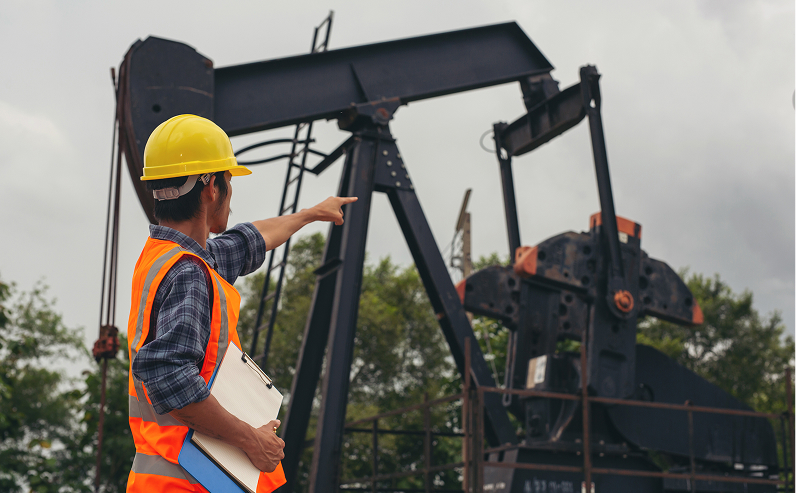Whether you’re a homeowner, farmer, or community leader in West Africa, having access to clean, reliable water is life-changing. One of the most effective ways to achieve this is through borehole drilling.
But how does the process actually work? What happens after you decide to drill?
Here’s a step-by-step guide to help you understand the entire borehole drilling process, commonly followed across Guinea, Sierra Leone, Mali, Nigeria, and the broader West African region.
Google ranks authentic, real-world content higher. If you have actual images from your projects, insert them throughout this blog to boost visibility and trust.
✅ Step 1: Site Survey & Hydrogeological Assessment
Before drilling starts, a site survey is conducted by a geologist or hydrogeologist.
✅ Determines the best location to find underground water
✅ Avoids dry boreholes and failed projects
✅ Ensures safe distance from septic tanks or latrines
Tools Used: GPS, resistivity meters, mapping software
✅ Step 2: Mobilization of Drilling Rig & Equipment
Once the site is approved, the drilling team transports the rig, casings, and support truck to your location.
- Usually done with truck-mounted or trailer-mounted rigs
- Water tanks and diesel generators may also be included
✅ Step 3: Actual Drilling Begins
The rig starts drilling a vertical hole into the earth. The drilling method may vary depending on the soil:
- Rotary Drilling (for harder ground)
- Percussion Drilling (for softer or mixed soil)
Cuttings are removed as the drill goes deeper.
📏 Common Depths in West Africa:
- Urban areas: 30–60 meters
- Rural/farm areas: 50–120 meters
✅ Step 4: Borehole Casing Installation
Casing is inserted to protect the borehole walls from collapsing and to block contaminated water from entering.
- Materials: PVC, galvanized iron, or steel
- Includes a screen section to allow clean water into the borehole
✅ Step 5: Borehole Development & Flushing
After casing, the borehole is flushed to:
- Remove fine particles, silt, or mud
- Improve water yield
- Prepare the hole for pump testing
This is called borehole development and is done using air compressors or water jetting.
✅ Step 6: Pumping Test & Water Yield Measurement
A temporary or permanent pump is installed to test the water flow.
- Measures liters per second (LPS) or gallons per minute (GPM)
- Ensures the borehole can meet household, farm, or commercial needs
✅ Step 7: Water Quality Testing (Optional but Recommended)
Samples are collected and sent to a certified lab to check for:
- Bacteria (E. coli, coliforms)
- pH level
- Heavy metals and minerals
✅ Step 8: Pump & Tank Installation
Now the borehole is ready for full use!
- Submersible pump (most common) or hand pump is installed
- A storage tank and solar or electric power system may also be added
- Optional filtration system for drinking water
✅ Step 9: Commissioning & Handover
The borehole is officially handed over to the client with:
- Water test results (if applicable)
- Pump operation training
- Maintenance advice
- Guarantee/warranty details
📌 Final Words: Why This Process Matters
Understanding the full process helps you:
- Avoid scams and poor-quality drilling services
- Ask the right questions
- Get a long-lasting, high-yield water source

